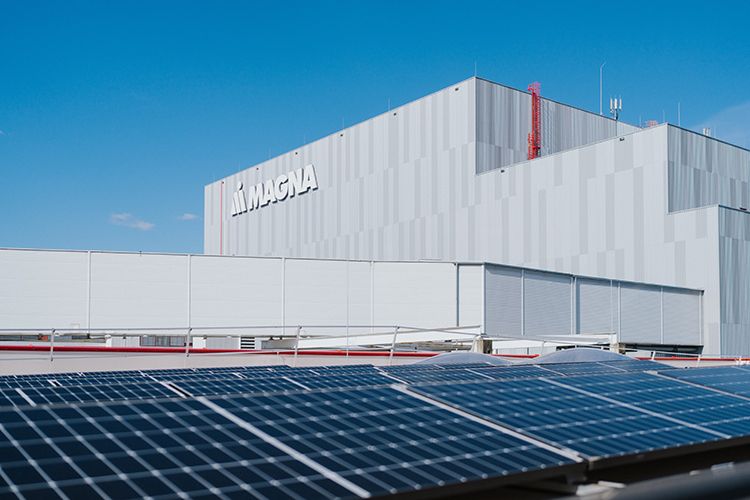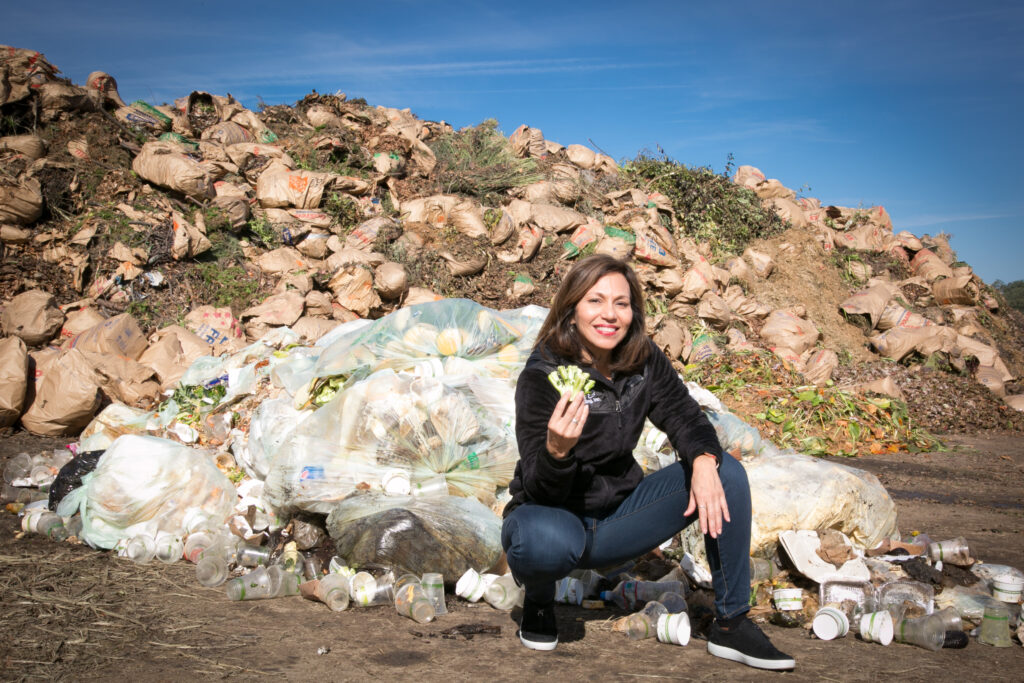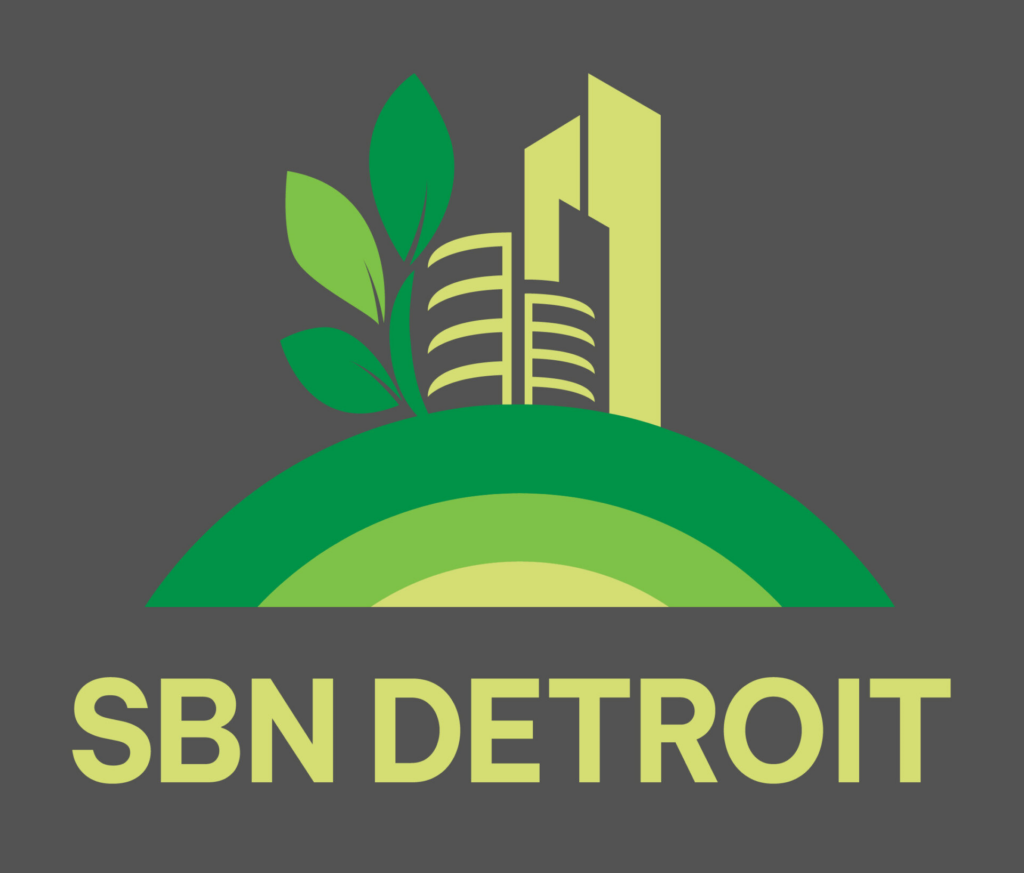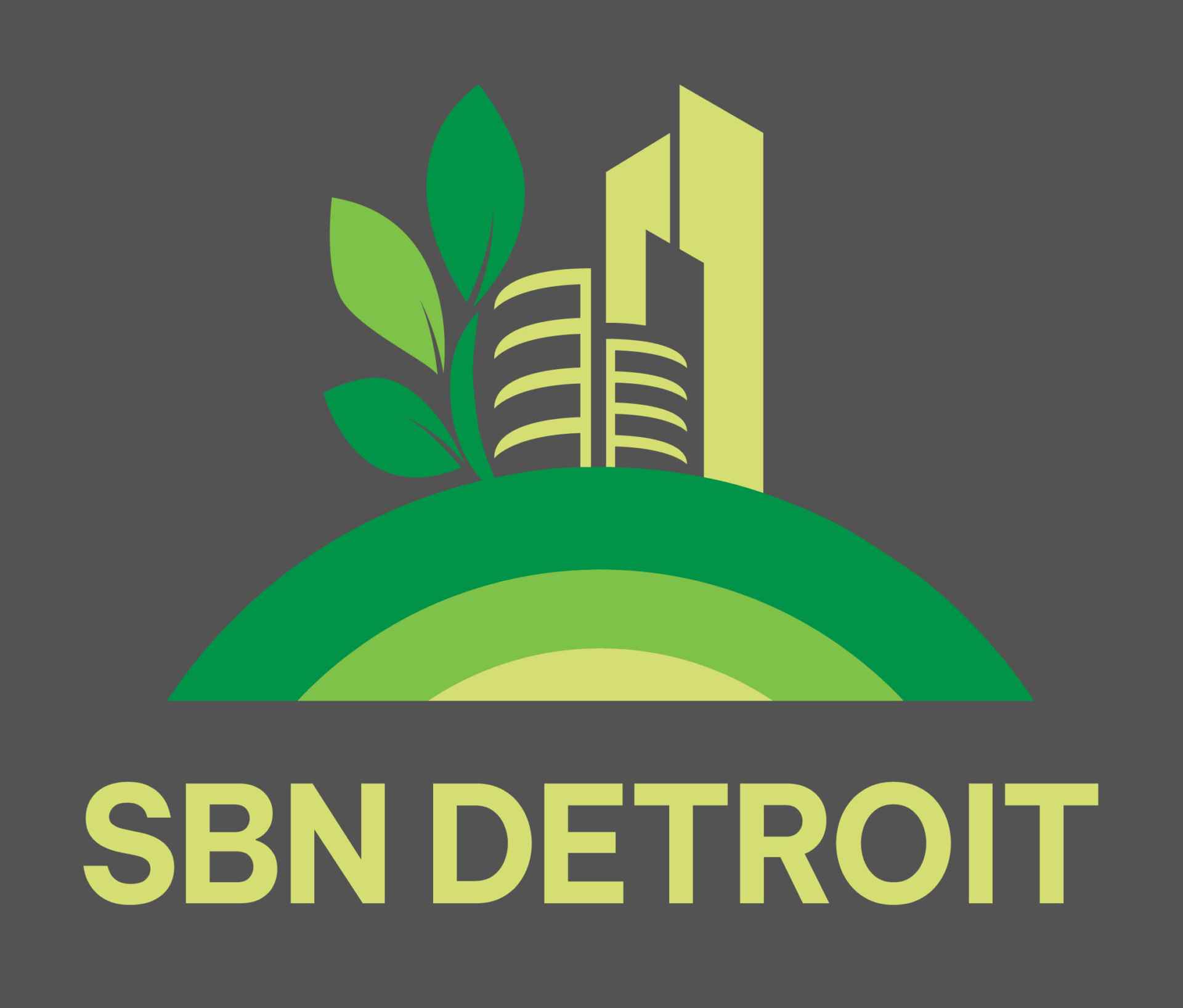Working to Build a Lower-Carbon Auto Industry

Magna International is one of the world’s largest automotive suppliers, with more than 350 manufacturing sites and engineering centers globally, including a strong presence in Southeast Michigan. The company plays a critical role in shaping the future of mobility, from advanced materials to vehicle systems, while also driving ambitious sustainability goals across its supply chain. Validated by the Science Based Targets initiative, Magna’s commitments include cutting emissions, embedding circular design principles, and working with thousands of suppliers worldwide to achieve net zero. SBN Detroit interviewed Ahmed Elganzouri, Magna’s Global Director of Sustainability and Energy, about the challenges, milestones, and opportunities that come with advancing sustainability in the auto industry. Q: Magna has committed to addressing Scope 3 emissions via supplier engagement. What are the biggest challenges you’ve encountered in getting suppliers to commit to decarbonization, and how are you overcoming them? A: The challenge is scale. We work with thousands of suppliers across the globe, and each of them is at a different stage in their sustainability journey. Some have already set ambitious climate targets and are reporting progress transparently, while others are just beginning to build the internal capability to measure their own emissions. What we’ve found is that education and collaboration are key. We can’t simply mandate change—we have to support suppliers with tools and data. Our approach is to set clear expectations, share best practices, and partner with those who want to learn. It’s not always easy, but we believe that raising the bar across the entire value chain is essential if the industry is going to reach net-zero. Q: Can you walk us through the roadmap Magna has developed for achieving net-zero, particularly for Scope 3? What are the key milestones and metrics you’re tracking to hold yourselves and your suppliers accountable? A: Magna’s net-zero target is validated by the Science Based Targets initiative, which gives us both credibility and accountability. We’ve already set near-term goals to cut our Scope 1 and 2 emissions by 42% by 2030 from a 2021 baseline, and for Scope 3 we’ve committed to a 25% reduction by 2030. Scope 3 is more complex since it includes purchased goods, use-phase vehicles and end-of-life treatment. To drive progress, we’ve established clear milestones: Supplier engagement: Beginning this year, suppliers are required to provide ESG (human rights and labor) reporting, with carbon reporting becoming mandatory next year. Transform Auto program: We’ve launched this initiative to bring renewable electricity procurement options directly to suppliers, making it easier for them to decarbonize. Carbon and ESG data collection: We’ve transitioned from CDP supply chain reporting to more targeted tools—M2030 for carbon data and the NQC SAQ survey for ESG performance. Sustainable materials: We’re rolling out a strategy that advances the use of low-carbon, bio-based, and recycled materials, while also prioritizing end-of-life recyclability. Target-setting: We continue to encourage and track the number of suppliers setting SBTi-aligned targets. Q: What are examples of how design for disassembly is being implemented, so that products are easier to recycle or repurpose? A: We see materials innovation as one of the most exciting levers for reducing our footprint. For example, we’ve developed EcoSphere foam and trim for seats, which combines recycled and bio-based content without sacrificing performance. Another example is our natural fiber door carrier, which replaces glass fibers with renewable fibers while maintaining structural integrity. On design for disassembly, our engineers are looking at modular systems that simplify end-of-life separation. In our seating division, for instance, we’ve developed concepts where metal, plastic, and foam can be detached more easily, enabling higher-quality recycling. It’s about thinking through the full lifecycle from the earliest stages of design—not just how something performs in the vehicle, but what happens to it when the vehicle’s life is over. Q: What do you see as the biggest industry-wide challenges to sustainability right now? A: The biggest challenge is alignment. The auto industry is global, and the pace of change varies dramatically across markets. Some regions move quickly with aggressive regulations and incentives, while others lag. That makes it difficult to scale sustainable technologies at speed and cost. Another challenge is access to renewable energy—manufacturers can only decarbonize so much if the grids we rely on are still carbon-intensive. And finally, financing the transition is no small feat. Electrification, new materials, and circular processes all require upfront investment. The industry has to work together—OEMs, suppliers, governments, and investors—to share that risk and accelerate the payoff. Q: What role do machinery upgrades and optimization of equipment play in energy-efficiency planning? A: A big role. Roughly two-thirds of our manufacturing emissions come from energy use, so making our operations more efficient is critical. That can be as simple as retrofitting lighting and HVAC systems, or as complex as upgrading presses, welders, and paint shops to consume less energy. We also run a global energy management program that identifies and shares best practices across our 350+ sites. On top of that, we’ve built into our operations requirement (MAFACT) a roadmap for how each division will decarbonize its heavy-emitting equipment and outline the challenges they face so we can provide targeted support. Q: How does integrating circular economy principles into product design interplay with cost, manufacturability, and performance? Circularity must work in the real world. That means balancing sustainability goals with safety, quality, and cost requirements. The lesson is that circularity doesn’t have to be at odds with manufacturability or cost—it can actually unlock efficiencies and open new markets. The key is embedding these principles early in the design phase so they aren’t seen as add-ons later. Q: How do changing global regulations and consumer expectations around sustainability affect your strategy? A: Regulations and consumer expectations are both accelerators. Increasingly, consumers want vehicles that reflect their values, and regulators are setting ambitious targets that raise the floor for the entire industry. For Magna, that’s an opportunity: we can differentiate by delivering sustainable innovations that help our customers meet or exceed those expectations. As for policy, we’d welcome more harmonization. Right now,
Unlimited Recycling – 25 Years and Still Evolving

In 1999, Maria Marin tapped into her passion for “doing the right thing for Mother Earth” and started Unlimited Recycling Inc. Today, the company offers total recycling and waste management to companies and individuals nationally with the goal of going global. SBN Detroit sat down with Marin to hear about how her recycling services – and clients – have evolved over the years. Q: Tell me about Unlimited Recycling A: Unlimited Recycling is a comprehensive total waste management company offering one-stop-shop services for any type of waste stream. Our services include transportation of any waste or recycling material, equipment rental, including dumpsters of any size, compactors, balers, and any type of container to properly store and transport material. In addition, we offer reporting, training, and education. To date, we’ve handled millions of pounds of waste. Q: What prompted you to start the company in 1999? A: I worked for the Department of Natural Resources, and we received many calls on illegal dumping in waterways and even backyards. When I became pregnant with my first son – who is now the VP of the business – I was told not to eat the fish out of the Great Lakes due to mercury levels. I was so disturbed by that and felt I needed to do something about this problem. I also had the desire to be independent and have my own business. The opportunity presented itself when I lost a job and was looking for next steps. I decided it was time and that I could start my company and shape it any way I liked. The opportunities were limitless, so I named it Unlimited Recycling. We started with universal waste such as fluorescent lamps, batteries, electronic equipment, etc. Eventually, customers started asking about other waste streams, including industrial waste and gradually adding more services. Q: How did your business evolve? A: In 2008, I had the opportunity for an Army contract – they wanted solid waste management for recycling and trash. This would require trucks and dumpsters in an industry I did not know anything about. It took three months for me to learn the business, and the contract was awarded two months later. I purchased my first roll-off truck and 13 dumpsters. Our fleet and equipment have grown tremendously since then. Facilities and companies want one vendor to oversee all their recycling and waste management needs, so we have taken this on by managing these companies’ vendors, contracts, billing, dispatching, and purchasing. We went national about three years ago. Q: How have things changed over the years with the recent government mandates and focus on greenhouse gas emissions and sustainability overall? A: It has been very refreshing to see that the State of Michigan and the governor are on board. Last year, Michigan set new policies to increase the state’s 19% recycling rate to 29% by 2029 and organic waste to 45% material recovery by the year 2050. I believe these goals could be achieved much sooner. To do this, we need to spread awareness within our personal and professional communities. We are working with companies such as Walbridge, managing LEED disposal management for the Gordie Howe International Bridge U.S. Port of Entry, Selfridge Air National Guard Base waste and recycling for the last 22 years, and total waste management for Android Industries, Magna, and many other automotive suppliers. When I started the business, people thought I was crazy. Now I don’t have to sell the why. We have people calling us every day. It’s still a challenge, but every day awareness increases more for the need to recycle. Q: You mentioned you also train companies in recycling. What does that look like? A: Yes. Many people still don’t know how to properly recycle and also find it daunting. I go into businesses and implement their recycling program according to their needs. Often, we start with single-stream recycling for offices and train them on acceptable items and materials, containers needed, etc. Many people do not realize that if you put one waste material that doesn’t belong in a recycling bin, it will contaminate the load. Also, there is a misconception that recycling is expensive. We’ll do a cost analysis for companies and show them that being sustainable is not only the right thing to do, it can also be economical. We’ve saved companies thousands of dollars from diverting cardboard alone. Q: Have the needs of your clients changed a lot through the years? A: Yes. Many started with one service and now we are handling all of it. I’ve seen many companies grow in their efforts over the years. They are becoming more environmentally aware, and their corporate offices are setting higher standards for sustainability, so we get requests all the time from current customers asking if we can recycle new additional waste streams for them or find a solution for a waste stream that isn’t commonly known to be recyclable. I think our services and creative solutions help us retain our customers and find new ones through recommendations regularly. I think that credit goes to our amazing team that responds quickly to customer requests and needs. Q: You offer dumpster rental, universal waste recycling, industrial waste recycling, food waste composting, and LEED waste management. What services do companies and institutions use the most? A: All of the above every day! We are getting more and more requests lately for LEED. (Leadership in Energy and Environmental Design). Q: What does your future look like? A: Our goal is to increase our total waste management services to help companies reach their sustainability and zero-waste landfill goals. We started here in Detroit and are now nationwide; however, it has always been in the plan to go global. I want to go back to my roots, to South and Central America, to teach Latin communities how to recycle, providing them with education and resources. I was recently invited to travel to Africa to assist the country with its plan to implement


